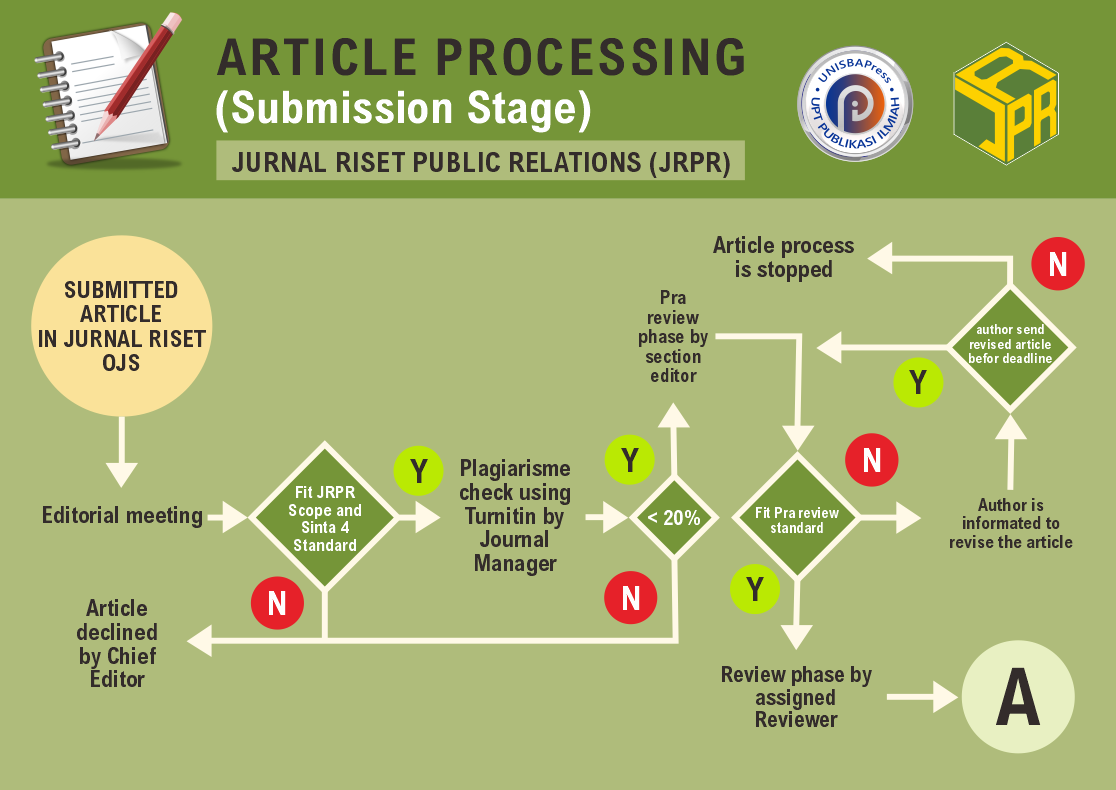Depiction of Digital Safety Issues Between Parents and Adolescent in Banten Province
DOI:
https://doi.org/10.29313/jrpr.vi.1361Keywords:
digital, safety, adolescentAbstract
Abstract. The rise of information technology provokes problems around the use of incorrect information flows that could lead to a dangerous circumstance. Data from a study conducted by KPAI in 2011-2014 reported 932 characteristics of pornography and cyber-crime that made children the main target. Hence, parents and adolescent must understand how to protect their teens in the abuse of social media. However, according to digital literacy survey that was held by Kominfo, the central part of Indonesia, such as Bali, Kalimantan and Sulawesi, has a relatively better digital literacy status compared to the western and eastern regions. Furthermore, the survey also stated that Banten is an area with a lower score when compared to Eastern regions such as Maluku and Papua regarding information and data literacy (Kominfo, 2020). Therefore, this mini research was conducted in Banten Province in order to understand the level of vulnerability of social media usage among adolescents and the level of parental understanding of online safety in the use of social media. This study used quantitative approaches in order to understand the challenges faced by parents and adolescent regarding media literacy. The result showed that parental control strategies are urgently needed so that adolescents are not negatively affected by social media. Furthermore, there is a need to organize activities or workshops to improve digital literacy skills for both parents and adolescent in Banten Province.
References
Aharony, N. (2016). Relationship among attachment theory, social capital perspective, personality characteristic, and Facebook self-disclosure. Aslib Journal of Information Management, 326–386.
Alzahrani, S., & Bach, C. (2014). Impact of Social Media on Personality Development. International Journal of Innovation and Scientific Research, 113–114.
BKKBN. (2014). Kurikulum Diklat Teknis Bina Keluarga Remaja Bagi Kader Bina Keluarga Remaja. BKKBN.
BKKBN. (2021). Capaian Program Bangga Kencana. BKKBN.
Clark, L. S. (2011). Parental mediation theory for the digital age. In Communication Theory (pp. 323–343).
Clearinghouse, P. R. (2010, June 1). Social Networking Privacy: How to be Safe, Secure and Social. Privacy Rights. https://privacyrights.org/consumer-guides/social-networking-privacy-how-be-safe-secure-and-social
Correa, T., Hinsley, A. W., & de Zuniga, H. G. (2010). Who interacts on the web the intersection of user’s personality and social media use. Comput. Human Bbehaviour, 247–253.
Dishion, D. J., & McMahon, R. J. (1998). Parental monitoring and the prevention of child and adolescent problembehavior: a conceptual and empirical formulation. Clinical Child and Family Psychology Review, 61–75.
Hootsuite. (2021, February 11). Digital 2021 Indonesia. We Are Social. https://datareportal.com/reports/digital-2021-indonesia
Jenkins, H. (2006). Confronting the challenges of participatory culture: Media education for the 21st century. Digitallearning. http://digitallearning.macfound.org/atf/cf/%7B7E45C7E0-A3E0-4B89-AC9CE807E1B0AE4E%7D/JENKINS_WHITE_PAPER.PDF
Kominfo. (2020). Status Literasi Digital Indonesia Survei di 34 Provinsi. Aptika.Kominfo.Go.Id. https://aptika.kominfo.go.id/wp-content/uploads/2020/11/Survei-Literasi-Digital-Indonesia-2020.pdf
Lenhart, A., & Madden, M. (2007, April 16). Teens, Privacy and Online Social Networks. Pew Research. https://www.pewresearch.org/internet/2007/04/18/teens-privacy-and-online-social-networks/
Livingstone, S., & Helsper, E. J. (2008). Parental mediation of children’s internet use. Journal of Broadcasting and Electronic Media, 581–599.
Max, X; Hancock, J. T; Naaman, M. (2016). Anonymity, intimacy and self-disclosure in social media. Proceedings of the ACM Conference on Human Factors in Computing Systems, 3857–3869.
Mendoza, K. (2009). Surveying Parental Mediation: Connections, Challenges and Questions for Media Literacy. Journal of Media Literacy Education, 28–41.
Nathanson, A. L. (1999). Identifying and explaining the relationship between parental mediation and children’s aggression. Communication Reserach, 124–164.
PewResearch. (2018, May 31). Teens, SocialMedia & Technology 2018. PewResearch. https://www.pewresearch.org/internet/2018/05/31/teens-social-media-technology-2018/
Roberts, D., Foehr, U. G., & Rideout, V. (2005). Generation M: Media in the lives of 8-18 year olds. Kaiser Family Foundation.
Shek, D. T. (2005). Perceived parental control and parent–child relational qualities in Chinese adolescents in Hongkong. Sex Role, 635–646.
Shin, W., Huh, J., & Faber, R. (2012). Tweens’ Online Privacy Risks and the Role of Parental Mediation. Journal of Broadcasting & Electronic Media, 37–41.
Special, W. P., Kristen, T., & L.-B. (2012). Self-disclosure and student satisfaction with Facebook. Computers in Human Behavior, 624–630.
Suwandi, I. (2017). Pengaruh Media Sosial dalam Kehidupan. Okezone. http://rubik.okezone.com/read/43202/pengaruh-media-sosial-dalam-kehidupan
Triastuti, E., Adrianto, D., Nurul, A., & Universitas Indonesia, P. F. (2017). Kajian Dampak Penggunaan Sosial Media Bagi Anak dan Remaja. Puskakom.















